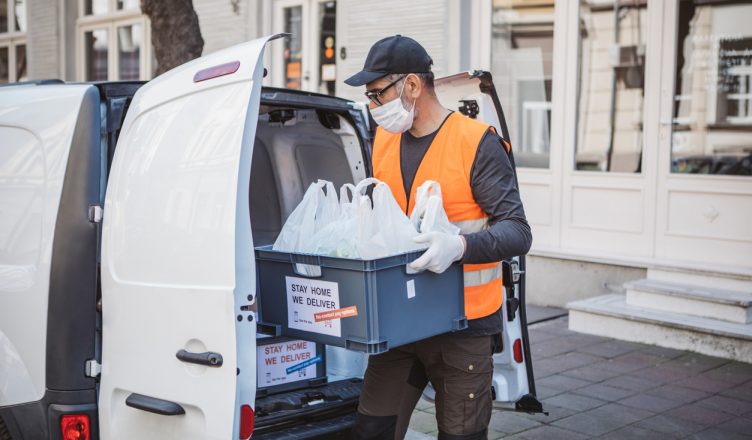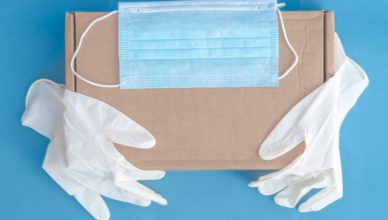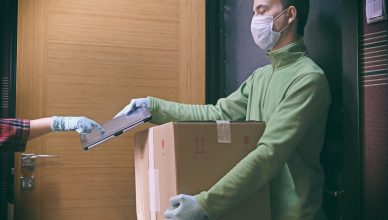The global logistics industry is going through a stress test. With millions of people around the world working from home, self-isolating or being quarantined during the COVID-19 pandemic, the demand for online deliveries of food, groceries, and even medical supplies has increased manifold. For most logistics providers and retailers, this sudden demand is unlike anything they’ve seen before.
While this surge in demand serves to ensure the bottom line of logistics businesses, it is also straining their delivery infrastructures, especially last-mile shipping. Also, the highly infectious nature of Coronavirus is putting delivery drivers at a considerable risk of getting infected and potentially spreading the virus.
Tips for Optimizing Last-Mile Delivery
The risk of field reps getting infected and the strain on the last-mile delivery infrastructure are forcing logistics companies to readjust their logistics management strategies and look for last-mile delivery optimization tips. Below are three such tips.
#1 Optimize Routes to Serve More Customers
Optimizing your delivery routes is the key to maximizing the number of customers your field reps can serve in a day. With the increased demand for same-day orders, creating your routes with route optimization software will allow you to handle the influx smoothly, adhere to customers’ specific delivery time windows, handle last-minute schedule changes, and avoid delays.
An advanced delivery route planner will also consider factors like the weather forecast, road conditions, traffic, and sunrise and sunset timings before finalizing routes. In addition, with dynamic route optimization technology, you can quickly re-route drivers, with the changes reflecting on the route planner app automatically. Optimizing routes will take the pressure off your drivers because their routes will be planned and there will be fewer surprises.
#2 Keep Your Customers up to Date
Contactless delivery is a must-have for every delivery service provider these days to stop Coronavirus transmission. However, such delivery also increases the chances of packages being stolen due to the packages being unattended.
So, you have to implement a process or adopt a tool that will help you communicate package or delivery status to your shoppers. For example, you can use SMS or email notifications or a customer portal which your shoppers can visit to track the status of their deliveries. It could be difficult to find the right software and then implement it; so, it is advisable to go for an advanced route optimizer that offers both features. With an advanced multi-stop route planner you also get other critical features, such as vehicle tracking and route optimization.
Want To See For Yourself How Route4Me Can Boost Your Profits?

#3 Ensure Driver Safety
According to the Occupational Safety and Health Administration’s (OSHA) General Duty Clause, employers must provide a hazard-free workplace. For a driver, his or her delivery vehicle is the workplace and it is your responsibility to lower the risk of potential infection and spread of infection among your drivers in the vehicles.
To keep the vehicles clean, tell your drivers to wipe down the frequently touched surfaces, including the dashboard, armrest, steering wheel, radio buttons, gear stick, power window buttons, and door handles, with sanitizer. Your drivers should also sanitize their hands after each service call or delivery. Furthermore, encourage them to wear masks and disposable gloves during business hours to protect themselves.
Remember, if one driver is infected by Coronavirus, your other drivers and vehicles which came into contact with that driver will be vulnerable too. This may lead to your entire workforce being quarantined which will clearly not be good for your business.
Conclusion
COVID-19 has created an upheaval in supply chains globally. As a logistics provider, your resilience and ability to ride out the storm will determine your success when things return to normal. Taking steps to ensure your drivers’ safety and customer satisfaction is crucial and small changes can make a big difference in uncertain times like these.
So, how do you plan to keep up with the surge in last-mile deliveries?
Want To See For Yourself How Route4Me Can Boost Your Profits?



